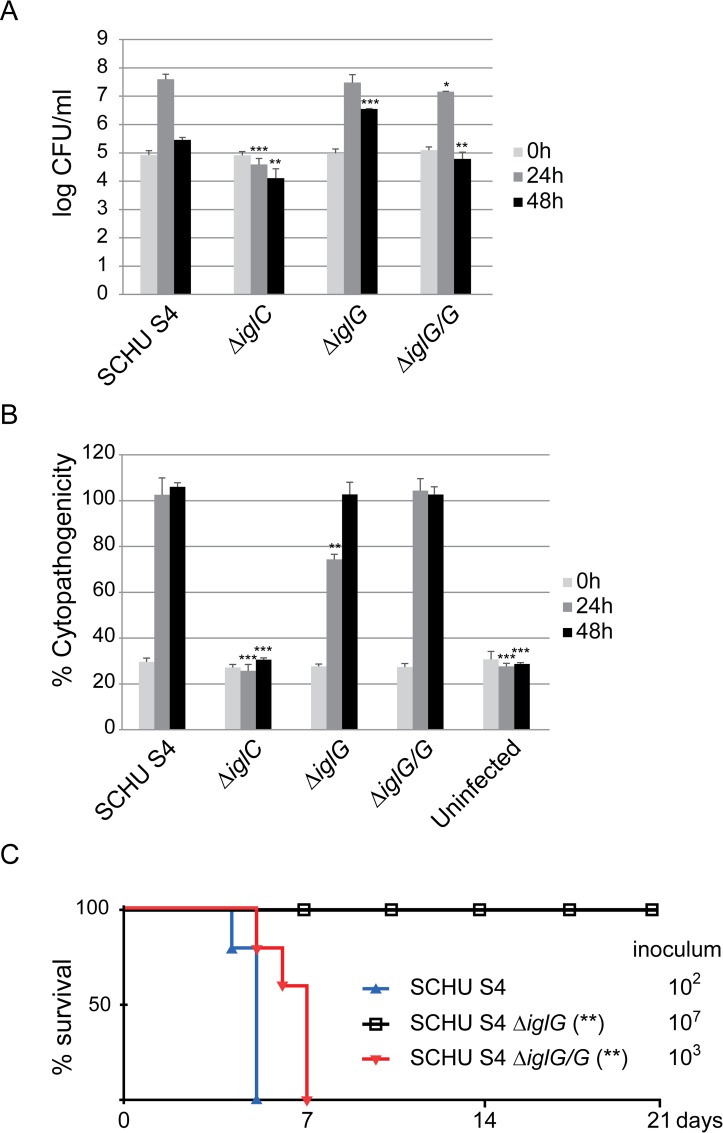Fig 9. IglG is required for SCHU S4 virulence in vivo but is dispensable for in vitro replication and cytopathogenicity.
Intracellular growth and cytopathogenicity in J744 cells (A and B, respectively) of F. tularensis subsp. tularensis strains. (A) J774 cells were infected at an MOI of 200 for 2 h. Upon gentamicin treatment, cells were allowed to recover for 30 min after which they were lysed immediately (corresponds to 0 h) or after 24 or 48 h with PBS-buffered 0.1% sodium deoxycholate solution and plated to determine the number of viable bacteria (log10). Infections were repeated twice and a representative experiment is shown. Each bar represents the mean values and the error bar indicates the SD from triplicate data sets. The asterisks indicate that the log10 number of CFU was significantly different from the parental SCHU S4 strain as determined by a 2-sided t-test with equal variance (*, P ≤ 0.05; **, P ≤ 0.01; ***, P ≤ 0.001). (B) Culture supernatants of infected J774 cells were assayed for LDH activity at 0, 24 and 48 h and the activity was expressed as a percentage of the level of non-infected lysed cells (positive lysis control). Values of triplicate wells (means +/- SD) from one representative experiment of two are shown. The asterisks indicate that the cytopathogenicity levels were different from those of SCHU S4-infected cells at a given time point as determined by a 2-sided t-test with equal variance (**, P ≤ 0.01; ***, P ≤ 0.001). (C) Survival of mice following intradermal challenge with SCHU S4 strains. Groups of five mice were challenged with the indicated inoculum and monitored for 21 days for signs of illness. (A-B) Each bar represents the mean values and the error bar indicates the SD from triplicate data sets. (C) Mantel-Cox test was performed; P-values for the comparison with WT survival curves are shown.

